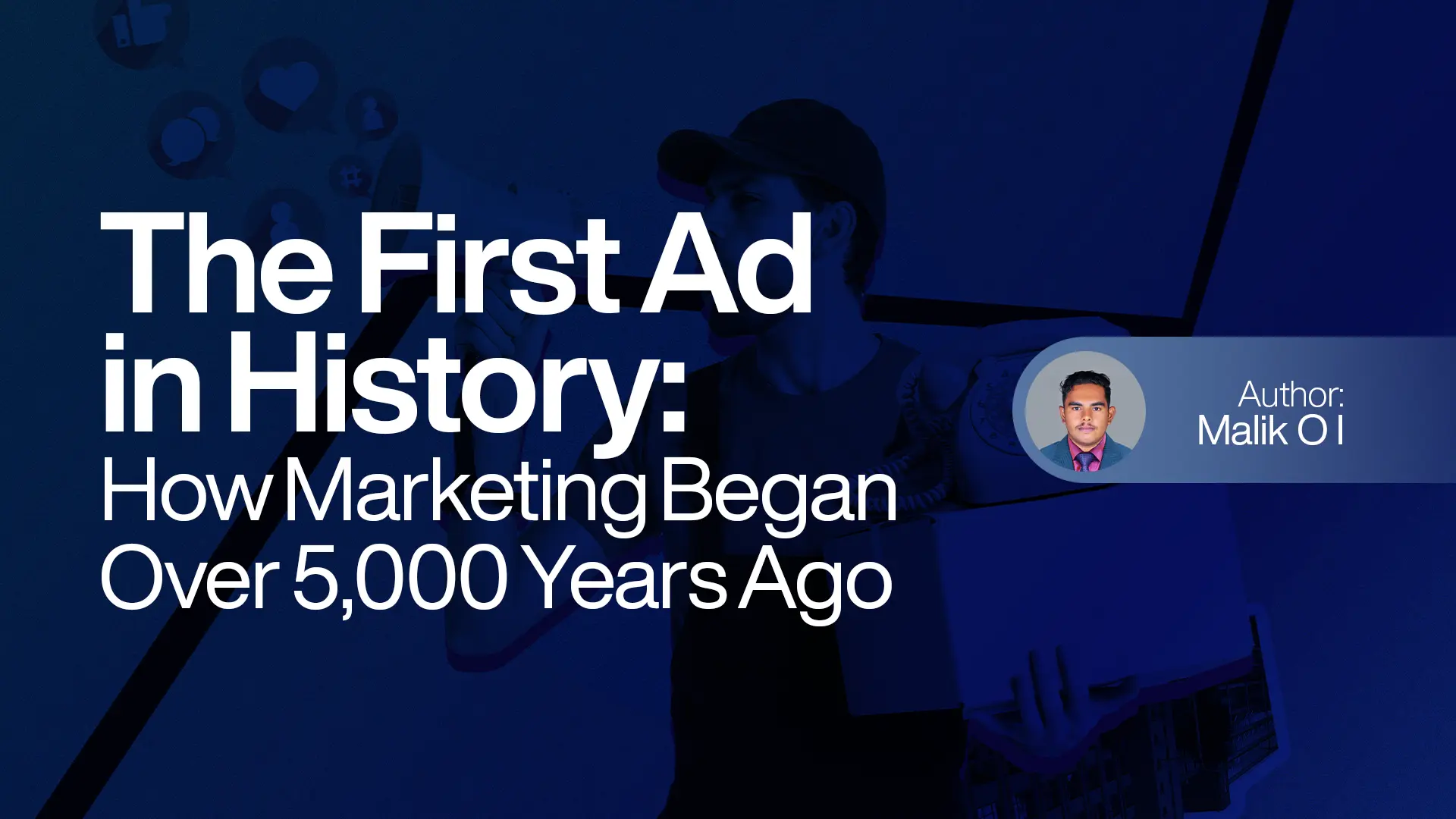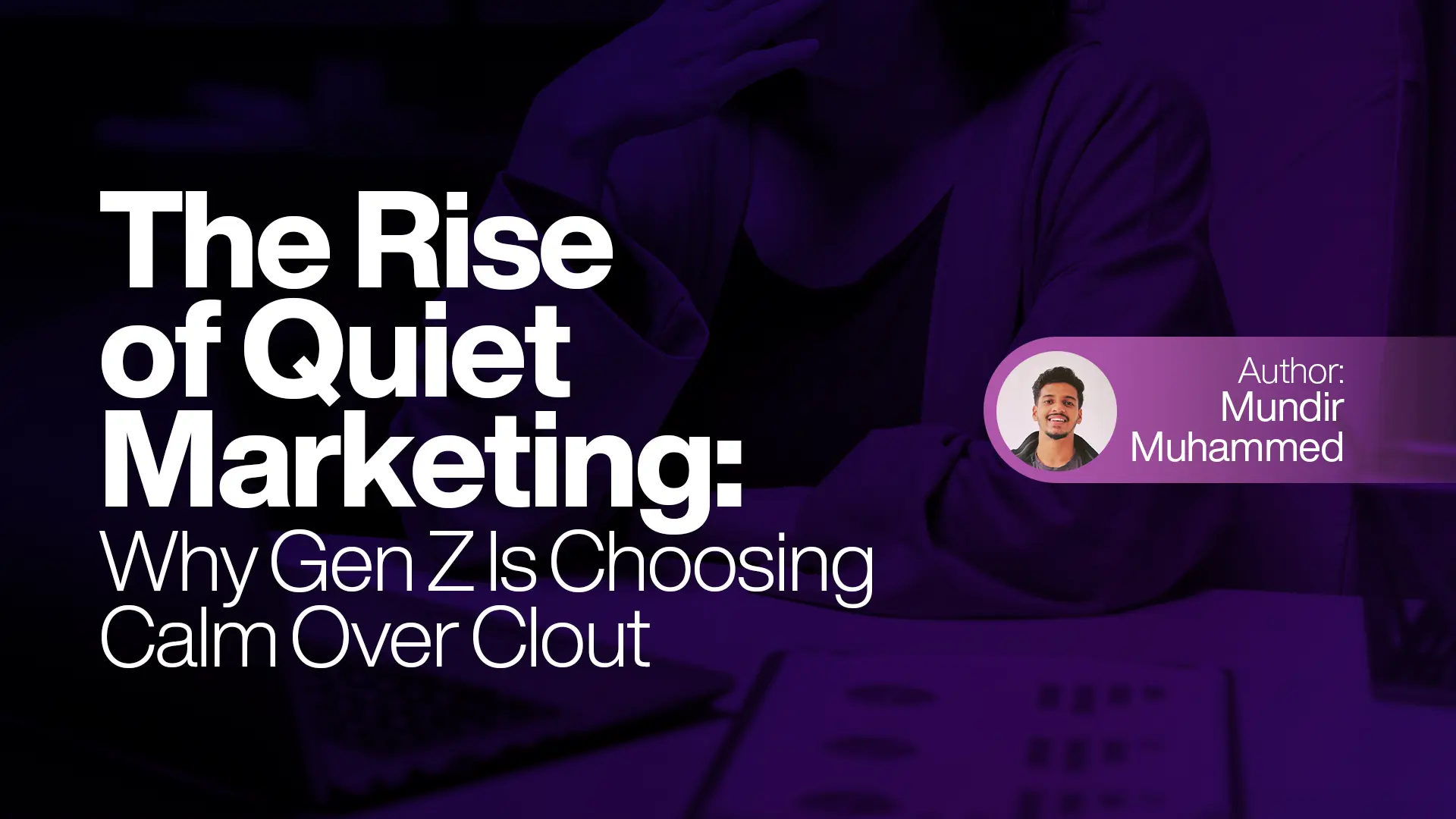Introduction
When you think of advertising, you likely think of Instagram influencers, Super Bowl commercials, or Google Ads. Advertising is not a new thing, however—hardly. The earliest advertisement in recorded history goes back over 5,000 years to the cradle of civilization: ancient Mesopotamia.
In this blog post, we’ll uncover the world’s first known ad, explore how ancient people promoted goods, and reflect on how these early efforts laid the foundation for today’s marketing world.
The message?
A slave named Shem was available for sale, along with a short description and the location of the seller
Plain, straightforward, and commercial—this ancient advertisement confirms that people recognized even then the need to sell what they were offering.
Ancient Product Placement: A Sneaky Egyptian Papyrus
Fast forward to around 500 BCE, and we find another fascinating example in ancient Egypt. This time around, it was an advertisement on papyrus asking for help in finding a lost runaway slave.
And if you're looking for good-quality fabric, pop into my store on the corner of [X street].
It's probably the earliest known example of product placement—a call for assistance artfully disguised as a chance to promote a textile company. Pure genius, isn't it?
Why It Matters Today
These are primitive examples, but they show that the fundamentals of marketing have not changed. Whether written on clay or streamed on social media, advertising has always been about:
Communicating value
Reaching the right audience
Driving action (buying, visiting, contacting)
It's incredible to think that what we call today "advertising strategy" began thousands of years ago with the same underlying purpose: to connect buyers with sellers.
From Tablets to TikTok: The Evolution of Advertising
From Mesopotamian clay to medieval print, radio jingles to YouTube pre-rolls, advertising has evolved with technology and culture. But the core remains the same:
Tell people what you're offering, and why they should care.
It's reassuring—and strangely uplifting—to realize that today's marketers are part of a tradition that stretches as far as the eye can see.
Final Thoughts
The first advert wasn't cool, poetic, or entertaining—yet it worked. It makes us consider that at the centre of any campaign is something very fundamental human: to tell, sell, or provide something.
As you work on your next marketing strategy or advertising campaign, just remember you're creating a continuation that began with clay tablet over 5,000 years ago.
Keywords
World's first advertisement, history of advertising, ancient marketing, Mesopotamia clay tablet advertisement, earliest known advertisement, evolution of marketing, ancient Egypt advertisement
The Oldest Advertising in History: A Trip Through Time
When we hear the word "advertising" today, we think of computer banners, TV ads, and viral social media campaigns. But advertising has existed for much, much longer than the modern era — in fact, it's as old as civilization itself.
Let's travel back through time to discover the oldest advertising the world has ever seen.
Ancient Egypt (~3000 BCE): The Papyrus Ad
Long before Google Ads, the Egyptians were already marketing their goods — in writing!
One of the earliest known advertisements comes from Thebes, where a papyrus scroll was discovered promoting a slave for sale, including detailed information and the seller’s location.
Imagine: over 5,000 years ago, someone was already mastering the art of copywriting.
Mesopotamia (~2000 BCE): Clay Tablet Promotions
In ancient Mesopotamia, merchants employed clay tablets as written advertising. They were inscribed with details on products such as oil, wine, and cloth, and probably displayed in public spaces for optimum visibility.
No SEO — simple, good, old-fashioned placement!
Greece and Rome (700 BCE – 400 CE): Painted Walls and Gladiator Hype
The Greeks and Romans brought advertising onto the streets — literally.
In towns such as Pompeii, business murals and painted advertisements on walls (tituli picti) advertised everything from public baths and taverns to upcoming gladiator battles. Political messages were plastered on buildings too, demonstrating that even then, campaigns required high visibility.
These billboards of old were colourful, eye-catching, and hung where everyone could observe them.
Town Criers: The Original Influencers
Not everything was written in the early days of advertising. In many ancient civilizations, town criers patrolled the streets calling out news, product descriptions, and public announcements. They were boisterous, catchy, and difficult to avoid — sort of like the TikTokers of the day.
Advertising: As Old As Civilization
From Thebes papyrus scrolls to walls in Pompeii, advertising has been a part of human communication. It has developed with technology, but the essence is the same: grabbing attention and influencing.
Author Info
Malik OI, The best travel agent in Kochi.
Learner of CDA Digital Marketing Training in Kochi .





































































